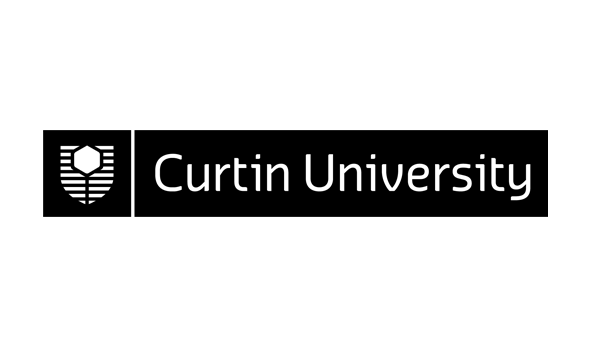10464 (v.2) Physical Geodesy 481
| Area: | Department of Spatial Sciences |
|---|---|
| Credits: | 25.0 |
| Contact Hours: | 4.0 |
| ** The tuition pattern below provides details of the types of classes and their duration. This is to be used as a guide only. For more precise information please check your unit outline. ** | |
| Lecture: | 1 x 2 Hours Weekly |
| Tutorial: | 1 x 2 Hours Weekly |
| Prerequisite(s): |
10458 (v.2)
Measurement and Adjustment Analysis 381
or any previous version
AND 10461 (v.3) Satellite and Space Geodesy 381 or any previous version |
| Syllabus: | Fundamentals of geopotential theory: Laplace's and Poisson's differential equations; spherical harmonic analysis; elementary boundary-value problems. Gravity field modelling: Stokes's determination of the geoid; normal gravity field; deflections of the vertical; least-squares collocation. Anomalous gravity field: disturbing potential; gravity anomalies. The measurement and rigorous reduction of gravity data to datum. Effect of the gravity field on surveying measurements: orthometric corrections to spiritlevelling; deflection corrections to survey observations; use of the geoid in survey reductions. Relativistic effects in geodesy. Earth rotation and orientation: precession; nutation; motion of the geocentre; length of day. Dynamic properties of the Earth: solid-Earth tides; elementary plate tectonics; postglacial rebound. Use of the gravity field in inertial surveying systems. |
| ** To ensure that the most up-to-date information about unit references, texts and outcomes appears, they will be provided in your unit outline prior to commencement. ** | |
| Field of Education: | 031100 Geomatic Engineering (Narrow Grouping) |
| SOLT (Online) Definitions*: | Informational *Extent to which this unit or thesis utilises online information |
| Result Type: | Grade/Mark |
Availability
| Year | Location | Period | Internal | Partially Online Internal | Area External | Central External | Fully Online |
|---|---|---|---|---|---|---|---|
| 2008 | Bentley Campus | Semester 1 | Y |
Area External refers to external course/units run by the School or Department or offered by research.
Central External refers to external and online course/units run through the Curtin Bentley-based Distance Education Area
Partially Online Internal refers to some (a portion of) learning provided by interacting with or downloading pre-packaged material from the Internet but with regular and ongoing participation with a face-to-face component retained. Excludes partially online internal course/units run through the Curtin Bentley-based Distance Education Area which remain Central External
Fully Online refers to the main (larger portion of) mode of learning provided via Internet interaction (including the downloading of pre-packaged material on the Internet). Excludes online course/units run through the Curtin Bentley-based Distance Education Area which remain Central External

